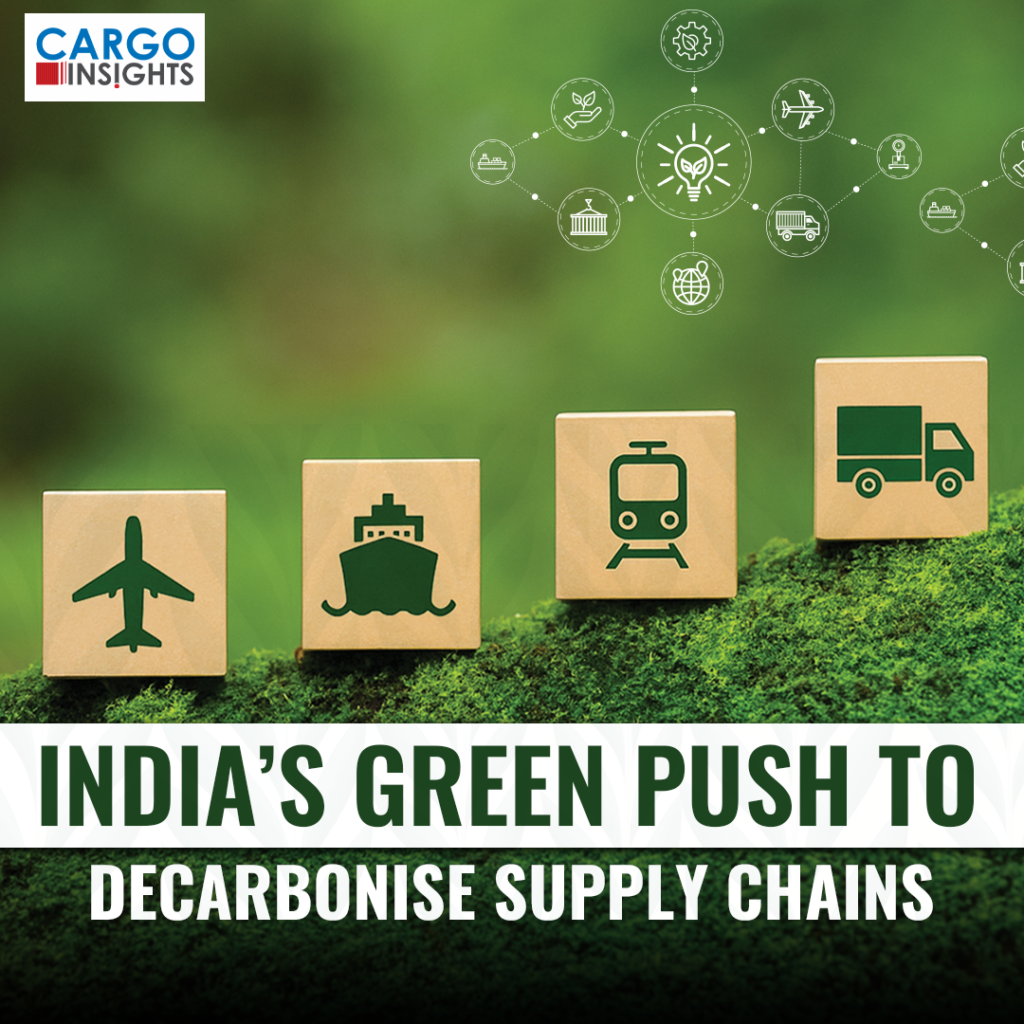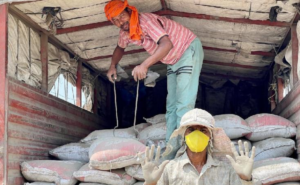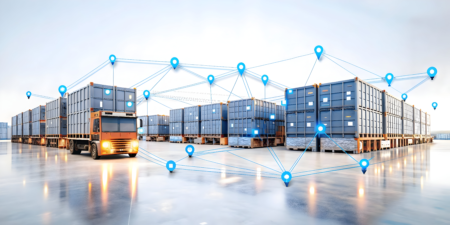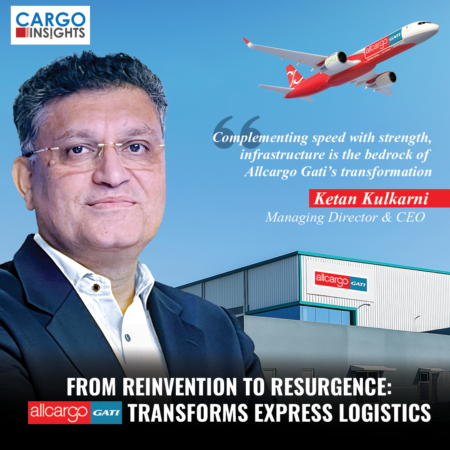
As global trade begins to focus more on climate concerns, India’s logistics and supply chain sector finds itself at a turning point. What was once driven mainly by speed, cost, and efficiency is now being reshaped by the need to be environmentally responsible. Today, sustainability is no longer just a good-to-have — it is becoming a key measure of business strength and global competitiveness.
India, with its large geography, growing infrastructure, and fast-paced economy, faces a unique challenge: to make trade smoother while cutting down on carbon emissions. Logistics makes up nearly 14 percent of India’s GDP and is a major source of greenhouse gases. This means shifting to cleaner, greener supply chains is not just important — it is urgent. Steps are already being taken: from upgrading railways and promoting green ports to adopting electric vehicles for last-mile delivery and rolling out national policies like PM Gati Shakti and the National Logistics Policy. These efforts are laying the foundation for a more sustainable system.
But going green isn’t just about following rules. It’s about changing how businesses think about value, strength, and growth. Reducing carbon emissions is becoming a smart strategy — giving forward-thinking companies an advantage through better efficiency, innovation, and stronger trust with partners and customers. Everyone in the supply chain — from exporters and transporters to warehouses and logistics providers — is being encouraged to invest in cleaner technologies, track emissions, and follow global environmental standards.
Yet, the journey is complex and context-specific, requiring collaboration, capital, and clarity of vision. In this special feature, we speak to some of India’s most respected logistics and supply chain leaders to understand how they are navigating this green transition, what solutions hold the most promise, and how India can lead the way in building climate-resilient, future-ready supply chains.











